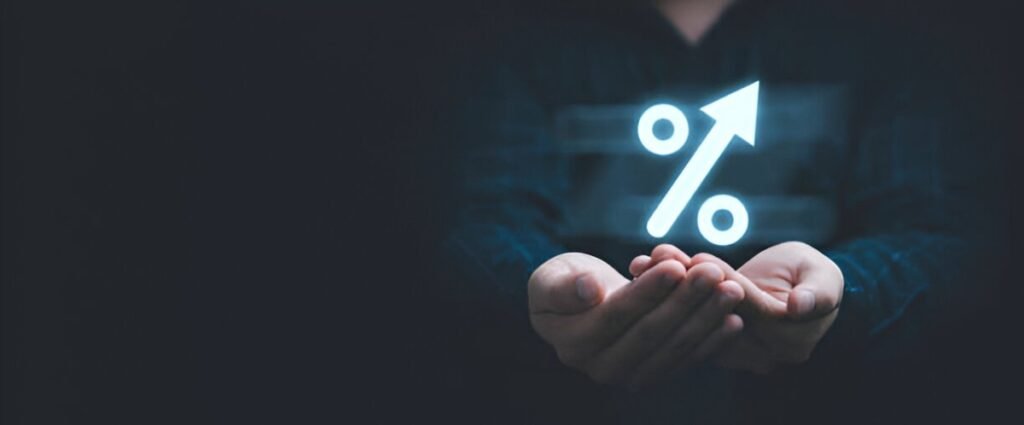A Bathing Ape, or BAPE, has made a lasting impression on the streetwear market. From its origins in Japan to global recognition, BAPE’s journey offers insights into the intersection of fashion and finance. In this article, I will explore BAPE’s financial performance, the potential for public investment, and what investors should consider.
Table of Contents
The Growth of BAPE
BAPE was founded in 1993 by Nigo in Tokyo. Over the years, it gained popularity among celebrities and fashion enthusiasts. The brand is known for its bold designs, camouflage patterns, and shark hoodies. Its products are often released in limited quantities, creating a sense of exclusivity. This scarcity drives demand and keeps resale values high.
In 2011, Hong Kong-based I.T Limited acquired BAPE, expanding its reach. The acquisition allowed BAPE to scale operations while maintaining its brand image. Despite this expansion, BAPE remains a luxury streetwear brand, positioning itself in the high-end segment of the fashion industry.
Is BAPE Publicly Traded?
BAPE itself is not publicly traded. However, its parent company, I.T Limited, was listed on the Hong Kong Stock Exchange (HKEX) under the stock code 0999.HK. In 2021, I.T Limited went private, meaning BAPE is no longer directly accessible to public investors. This limits investment opportunities but does not eliminate them entirely.
Financial Performance of BAPE
While BAPE’s exact financials are not publicly available, I.T Limited’s past financial reports give some insights. Revenue figures before privatization indicated steady growth, driven by international expansion and collaborations with brands like Adidas and Coca-Cola.
The table below summarizes key financial data from I.T Limited before privatization:
| Year | Revenue (HKD) | Net Profit (HKD) | Gross Margin (%) |
|---|---|---|---|
| 2018 | 8.4 billion | 438 million | 62.3 |
| 2019 | 8.2 billion | 512 million | 61.9 |
| 2020 | 7.6 billion | 388 million | 60.5 |
Investment Opportunities in BAPE
Since BAPE is not publicly traded, direct investment options are limited. However, indirect investment opportunities exist through:
- Private Equity: Some firms invest in private fashion companies, including streetwear brands.
- Parent Companies: If I.T Limited goes public again, investors could gain exposure to BAPE.
- Luxury Fashion ETFs: These funds often include brands with similar business models.
Comparing BAPE to Publicly Traded Streetwear Brands
To better understand BAPE’s potential, I compared it to similar publicly traded brands. Supreme, now part of VF Corporation, and Nike, a leader in streetwear, offer useful comparisons.
| Brand | Parent Company | Market Cap (USD) | Annual Revenue (USD) | Key Strengths |
|---|---|---|---|---|
| BAPE | Private (I.T Ltd) | N/A | Estimated $300M+ | Brand exclusivity, collaborations |
| Supreme | VF Corporation | $9B+ | $500M+ | Strong resale market, authenticity |
| Nike | Nike Inc. (NYSE:NKE) | $150B+ | $50B+ | Global distribution, innovation |
Nike’s scale and market reach far exceed BAPE’s, but BAPE’s exclusivity strategy sets it apart. Supreme’s business model aligns more closely with BAPE’s, emphasizing limited drops and hype-driven sales.
Potential Risks and Challenges
Investing in fashion brands comes with risks. For BAPE, challenges include:
- Market Saturation: The streetwear industry is highly competitive, with new brands emerging constantly.
- Counterfeits: BAPE’s products are often counterfeited, which can dilute the brand’s value.
- Economic Downturns: Luxury brands may suffer during economic downturns as consumers cut discretionary spending.
Valuation Considerations
Valuing BAPE would require examining its revenue streams, brand equity, and market position. A rough valuation can be estimated using industry averages. If BAPE generates $300 million annually with a valuation multiple of 3-5x revenue, it could be worth $900 million to $1.5 billion.
Example calculation:
Revenue = $300 million
Valuation Multiple = 4x
Estimated Valuation = $1.2 billion
Future Prospects of BAPE
BAPE’s future depends on its ability to balance exclusivity with expansion. Key growth areas include:
- E-commerce: Expanding online presence to reach more global customers.
- Collaborations: Partnering with high-profile brands to maintain relevance.
- Geographical Expansion: Entering new markets, especially in emerging economies.
Conclusion
BAPE remains a strong force in streetwear fashion. Although it is not publicly traded, its financial potential is significant. Investors should keep an eye on potential future IPOs or acquisitions that could provide investment opportunities. Understanding BAPE’s financial standing and market position can help in making informed investment decisions.





